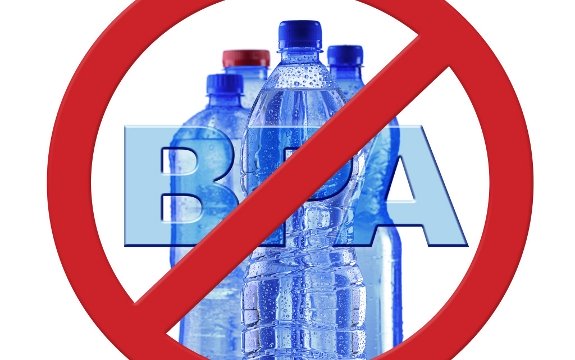4 Simple Ways to Limit Your BPA Exposure

 By now, bisphenol-A should be a fairly well-known as the health-damaging chemical used in the production of plastics. It is also largely used in food containers, ironically where it can do the most harm. Due to the ubiquitous nature of BPA, we are all exposed to it on a daily basis, with urine testing showing just how prevalent it really is. So how do you avoid this chemical? More and more companies are repping the “BPA-free label,” but there are numerous other ways to limit your BPA exposure.
By now, bisphenol-A should be a fairly well-known as the health-damaging chemical used in the production of plastics. It is also largely used in food containers, ironically where it can do the most harm. Due to the ubiquitous nature of BPA, we are all exposed to it on a daily basis, with urine testing showing just how prevalent it really is. So how do you avoid this chemical? More and more companies are repping the “BPA-free label,” but there are numerous other ways to limit your BPA exposure.
BPA is an endocrine disruptor, meaning it upsets the balance of hormones within the human body. This can lead to a variety of health problems.
BPA has been linked to:
- Early maturation in young girls
- Fertility problems
- Increased diabetes risk
- Obesity
- Feminization of boys
- Depression and hyperactivity in young girls exposed to BPA in the womb
Read: 7 Nasty Effects of BPA
Research from the European Food Safety Authority has found that although BPA may be present in the water supply, the air we breathe, and dental fillings, the majority of our exposure comes through the foods we eat. And while we may not be able to prevent all BPA exposure, we can reduce it.
4 Ways to Limit BPA Exposure
- 1. Eliminate the use of plastic food containers – Reusable plastic food containers are especially risky sources of BPA as they can break down overtime, leading to more of the toxins presence in the food stored within. Try using glass jars instead. They are just as inexpensive.
- 2. Reduced use of canned foods – Food cans are lined with BPA that can leech into the foods. Canned tomatoes are a notorious source of BPA, so eliminate them altogether whenever possible and choose BPA-free cans if you’re buying canned foods.
- 3. Don’t nuke plastics – If you are still dependent on a microwave, never use plastics in it. The radiation can make the plastics unstable and again can lead to BPA in your food.
- 4. Look at recycling codes – On plastic containers, you will frequently see recycling symbols. LiveScience reports those marked with a code 3 or 7 are most likely to contain BPA.
Being conscious not only of your food choices but also of your food packaging choices could ultimately improve your health and reduce your risk of related diseases, crucial to you and everyone else in your home. In addition to the tips below, check out one of our previous articles explaining how to reverse the effects of BPA.
